Tamarind – Imli – Tamarindus indica
Tamarind, scientifically known as Tamarindus indica, is a fruit-bearing tree that is native to tropical Africa. It is widely cultivated in tropical and subtropical regions across the world, including Southeast Asia, India, and Central and South America. The fruit of the tamarind tree is a pod-like structure that contains an edible pulp.
The tamarind pulp is known for its unique tart and tangy flavor, which makes it a popular ingredient in many cuisines. It is used as a souring agent in Indian, Thai, and Mexican dishes, and as a base for many sauces, chutneys, and marinades. Tamarind is also used in various drinks, including sodas and cocktails.
Apart from its culinary uses, tamarind has several health benefits. The pulp contains high levels of antioxidants and is rich in several essential vitamins and minerals. It is also a good source of fiber and has been used to treat digestive issues like constipation and diarrhea. Tamarind is also believed to have anti-inflammatory properties and is used to treat joint pain and other inflammatory conditions.
The tamarind tree has been cultivated for thousands of years, and its wood and leaves are also used in various industries. The wood is prized for its durability and is used to make furniture, flooring, and even boats. The leaves are used to make herbal teas and are believed to have medicinal properties.
In conclusion, tamarind is a versatile and useful fruit that is widely used in many cultures. It has a unique flavor and several health benefits, making it a popular ingredient in many dishes and drinks. The tamarind tree and its various parts have also been used for centuries for their many practical applications.
Tangy and Flavorful: Tamarind has a unique, tangy flavor that can add depth and complexity to a variety of dishes. It has a sweet and sour taste, similar to citrus fruits, with a distinct tartness that can make any dish more interesting and flavorful.
Versatile Ingredient: Tamarind can be used in both sweet and savory dishes, making it a versatile ingredient in the kitchen. It’s often used in chutneys, marinades, and sauces, but can also be used in desserts, drinks, and jams.
Nutritional Benefits: Tamarind is a good source of essential nutrients, such as dietary fiber, potassium, and magnesium. It also contains vitamins B and C, which are important for maintaining overall health and well-being. Tamarind has also been shown to have anti-inflammatory and antioxidant properties.
Medicinal Properties: Tamarind has been used in traditional medicine for centuries for its medicinal properties. It can help alleviate digestive problems, such as constipation and diarrhea, and has been found to have anti-inflammatory and anti-diabetic effects.
Widely Available: Tamarind is a popular ingredient in many cuisines around the world and is widely available in most grocery stores and markets. It comes in a variety of forms, such as whole pods, paste, and concentrate, making it easy to find and use in a variety of recipes.



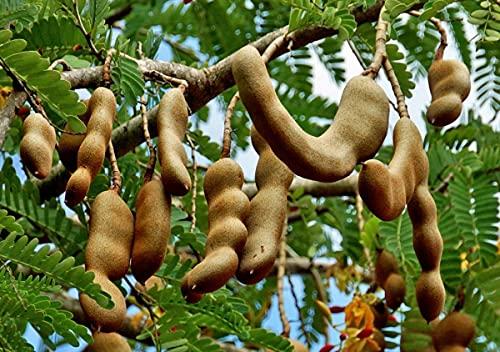







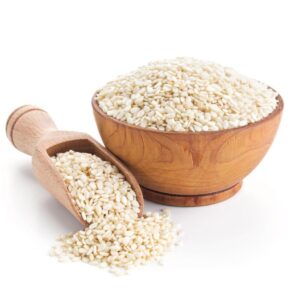

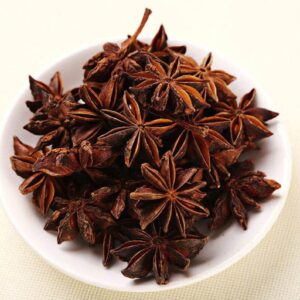



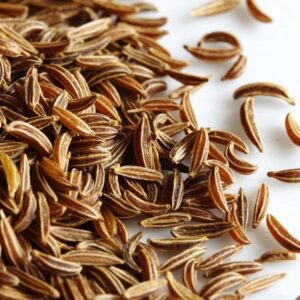








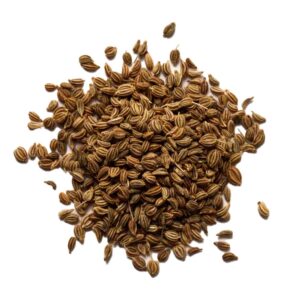










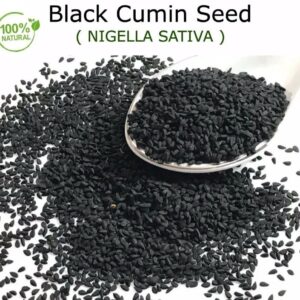

![USB C to Lightning Cable 1M [MFi Certified] iPhone Fast Charger Cable](https://777kart.com/wp-content/uploads/2024/09/USB-C-to-Lightning-Cable-1M-MFi-Certified-iPhone-Fast-Charger-Cable-8-4-300x300.jpg)




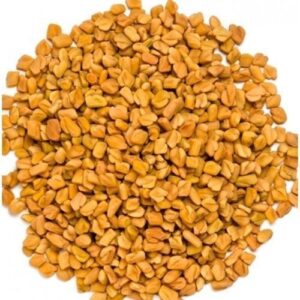




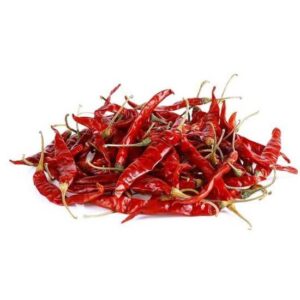



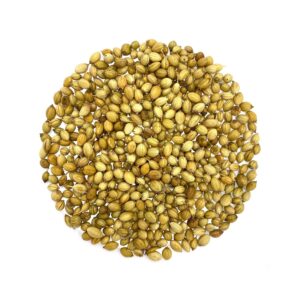

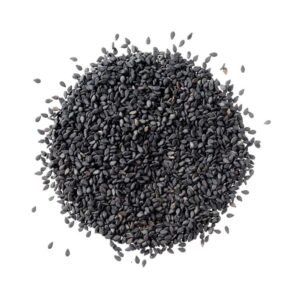





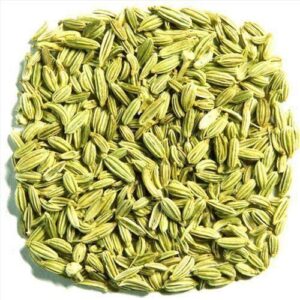











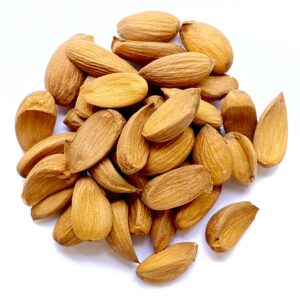




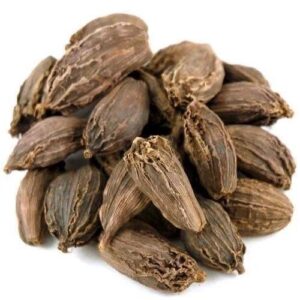






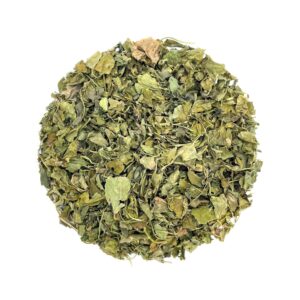


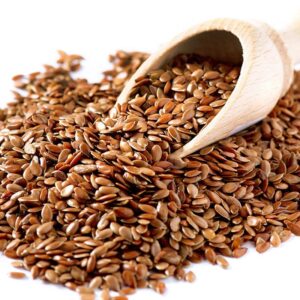
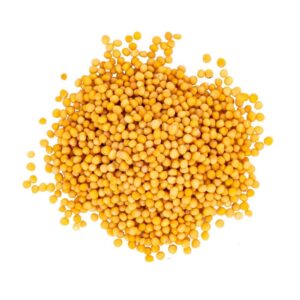







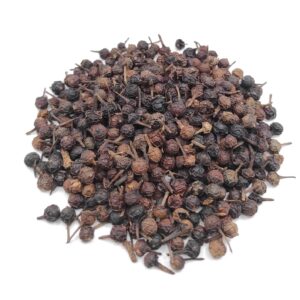


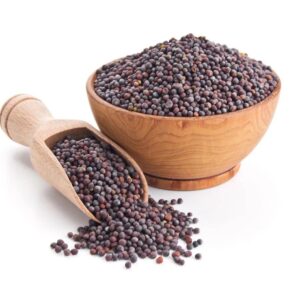



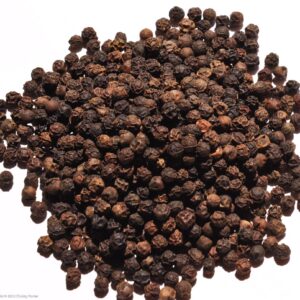
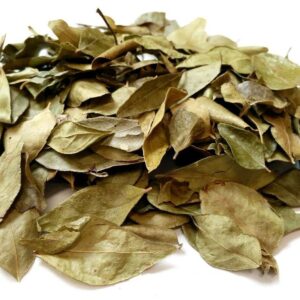

Reviews
There are no reviews yet.